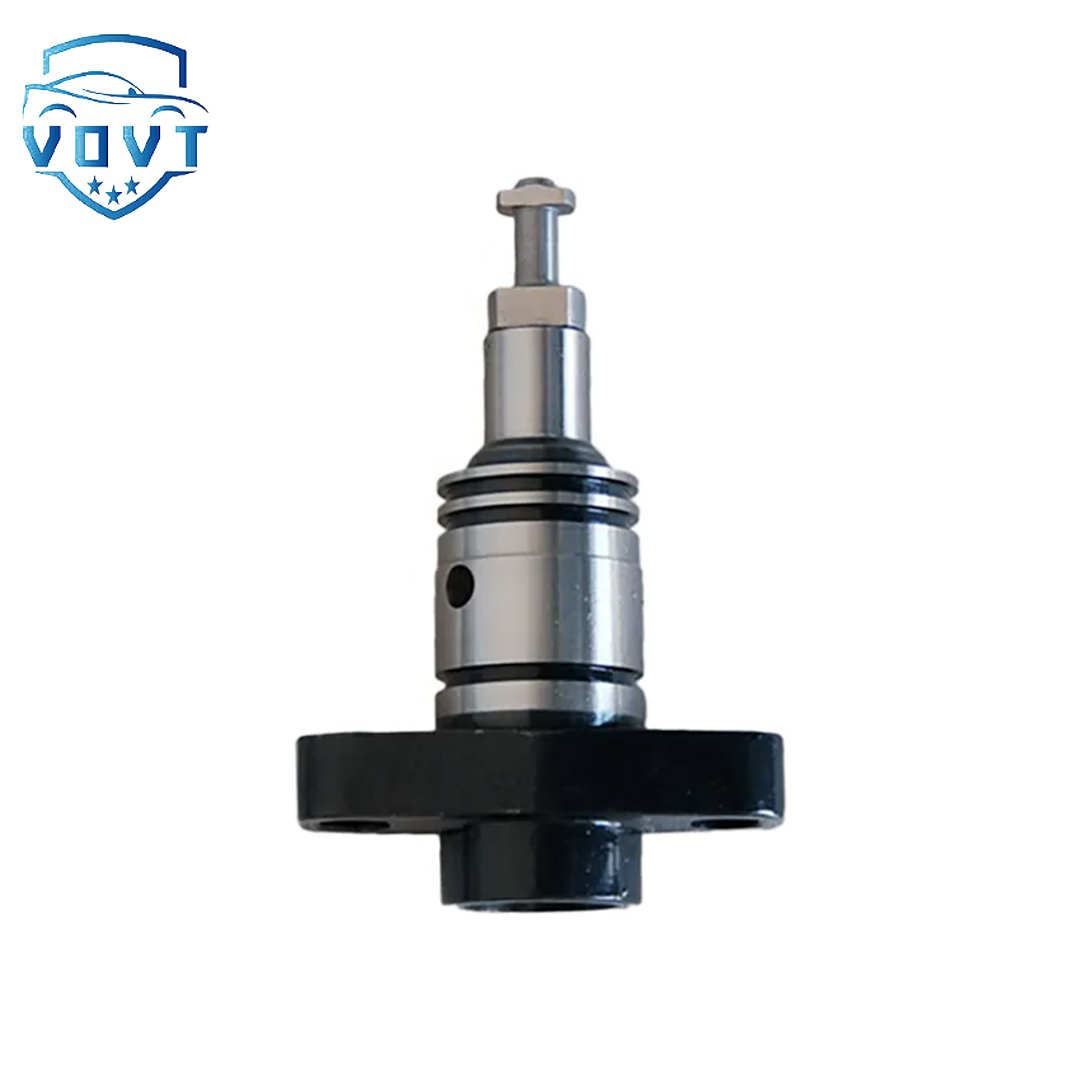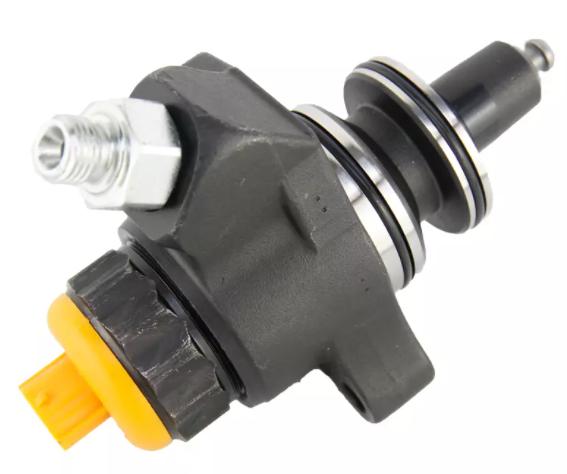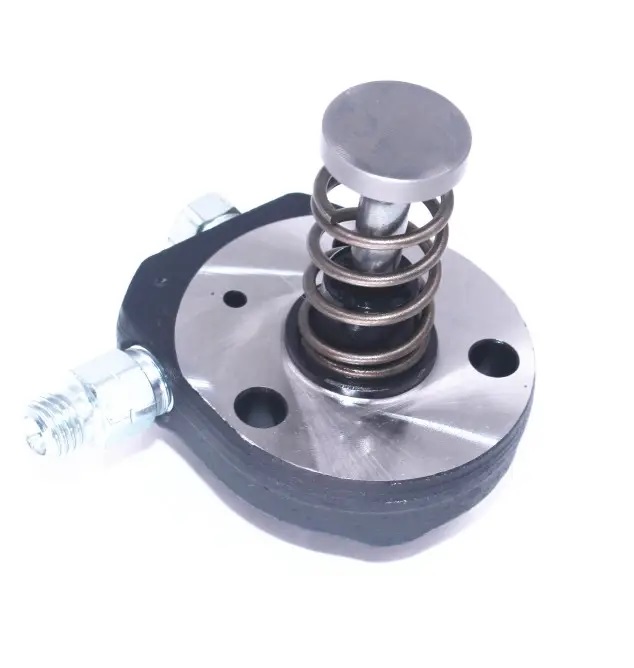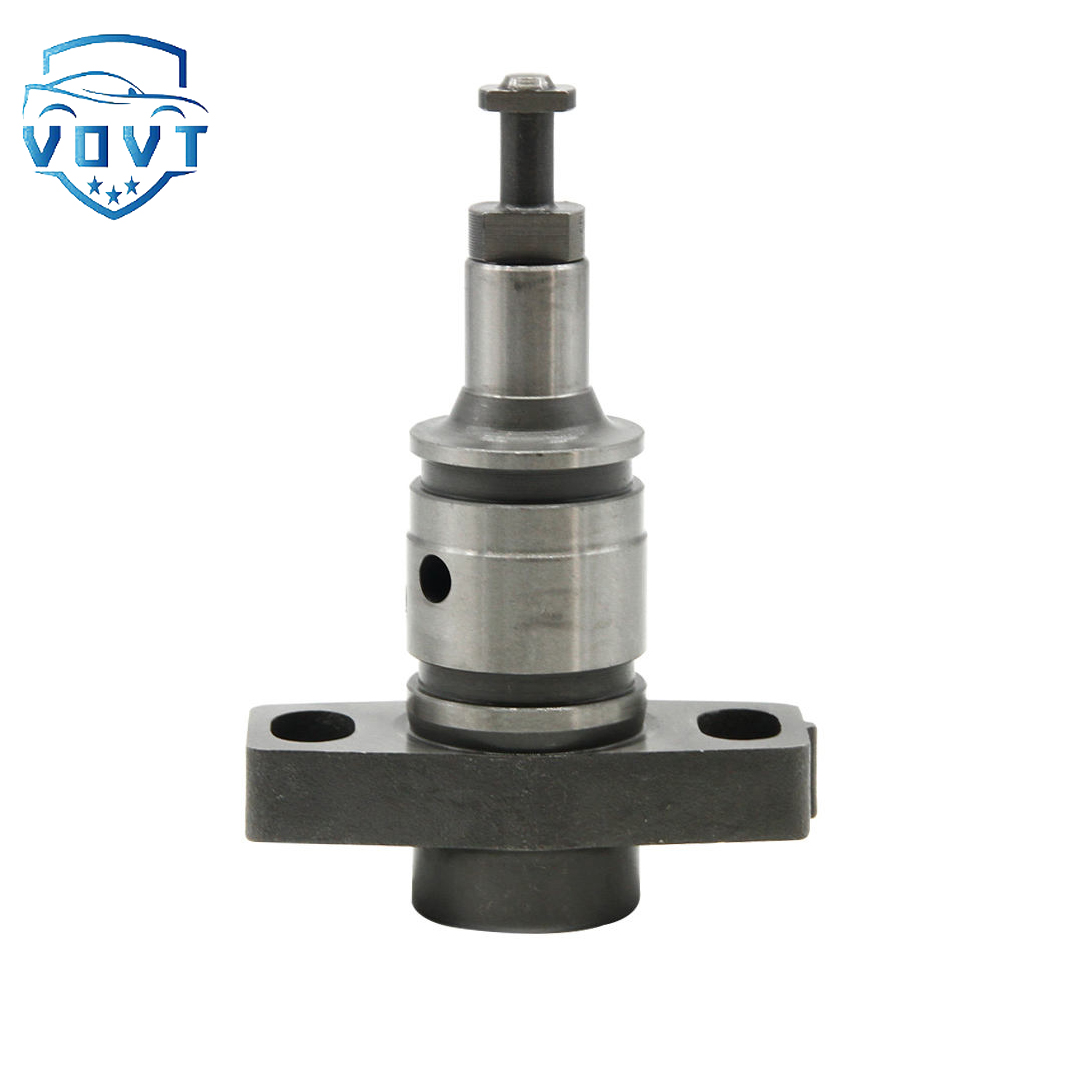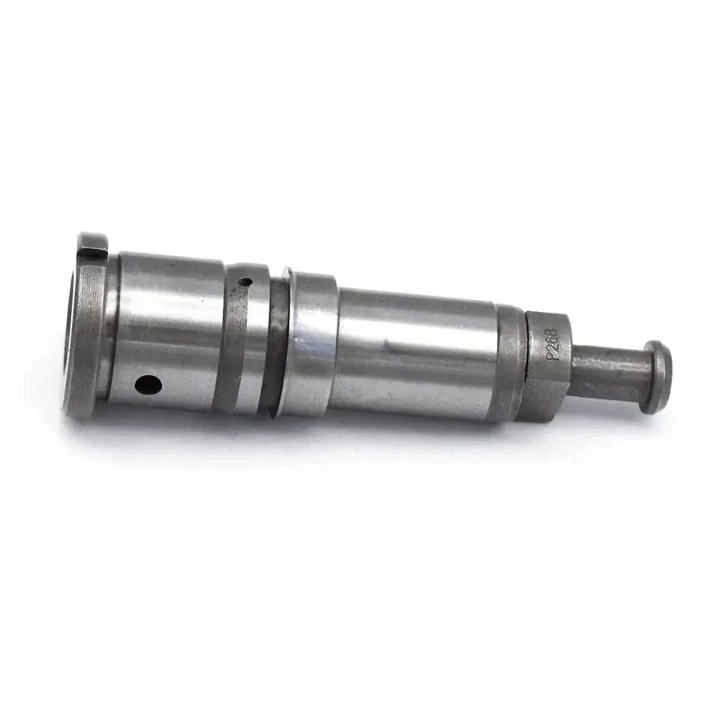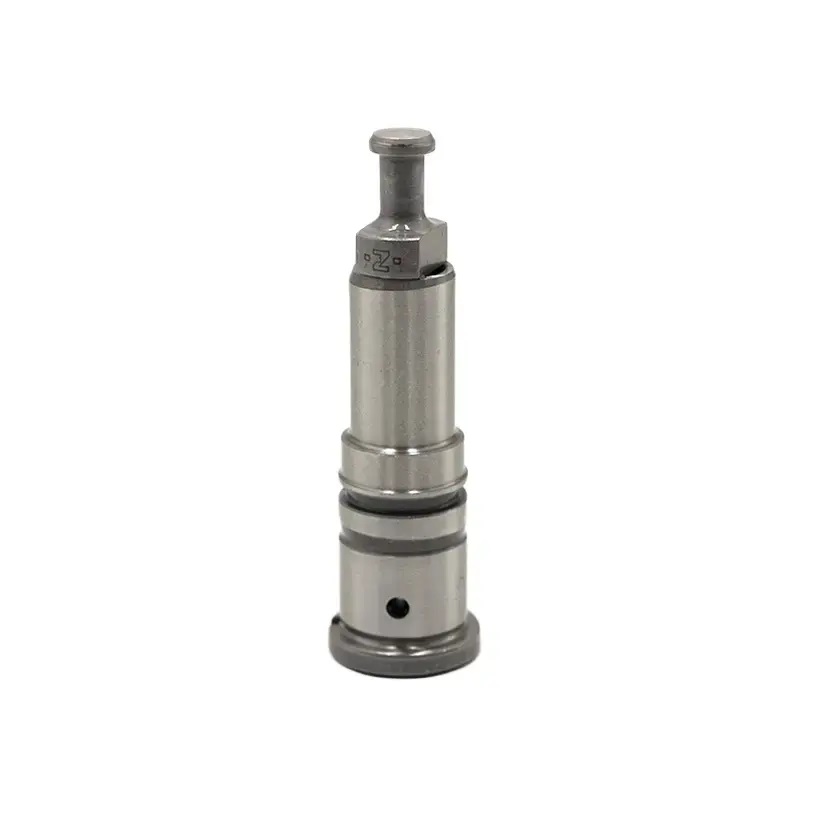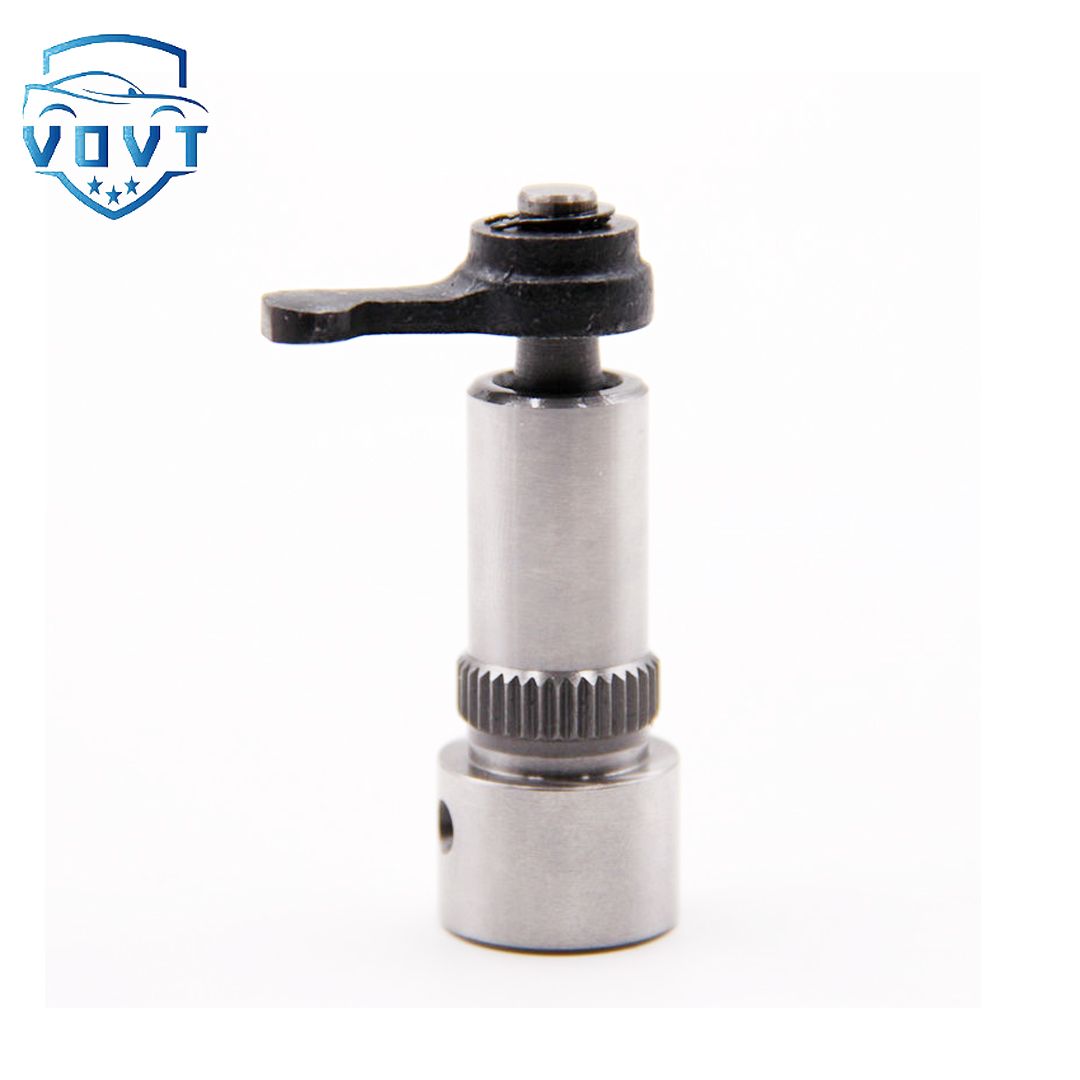Made in China Fuel Injection Pump Plunger A724 Pump Elements Engine Accessories
products description
| Reference. Codes | A724 |
| OE/OEM Codes | / |
| Application | / |
| MOQ | 5 PCS |
| Certification | ISO9001 |
| Place of Origin | China |
| Packaging | Neutral packing |
| Quality Control | 100% tested before shipment |
| Lead time | 7~15 working days |
| Payment | T/T, Paypal, Western Union or as your requirement |
Error Transmission Mechanism and Quality Control in the Lapping Process of Plunger–Barrel Pair Assemblies
Abstract:
The plunger–barrel pair is one of the core precision components in high-pressure fuel injection pumps, where the tight fit clearance—often within a few micrometers—directly determines the sealing performance, volumetric efficiency, and service life of the pump. In the final manufacturing stage, pair lapping is widely employed to achieve the desired surface conformity and dimensional accuracy. However, due to the multi-source nature of machining errors, micro-deformation, and surface wear during the lapping process, the error transmission mechanism between the plunger and barrel remains complex and insufficiently understood.
This study investigates the error propagation behavior and quality control strategies in the plunger–barrel lapping process through a combination of experimental analysis, theoretical modeling, and statistical evaluation. The relationship between initial geometric deviation, lapping pressure, rotational speed, and resulting roundness and cylindricity errors is systematically analyzed. A mathematical model of error transfer is established based on contact mechanics and material removal theory, expressed as:
ΔRo=k1P0.5t0.3+k2ΔRi
where
ΔRo and
ΔRi are the post- and pre-lapping roundness errors,
P is contact pressure, and
t is processing time.
Experimental results show that an optimal pressure range of 0.15–0.25 MPa and a lapping speed of 80–100 rpm minimize error accumulation while ensuring uniform material removal. Excessive pressure or uneven loading leads to non-linear error amplification and local surface waviness. Moreover, introducing a progressive compound lapping sequence—coarse, semi-fine, and fine stages—reduces the cumulative roundness error by 35% and improves the matching clearance stability to within ±0.3 μm.
To ensure consistent quality, an in-process monitoring method using acoustic emission and torque signals was proposed, enabling real-time detection of surface conformity changes. Statistical process control (SPC) analysis confirms that the optimized process maintains a CpK value above 1.67, indicating stable high-precision production capability.
This research provides theoretical insights and practical guidance for controlling precision and reliability in the plunger–barrel lapping process, supporting the development of next-generation high-pressure fuel systems with superior sealing and durability.






















